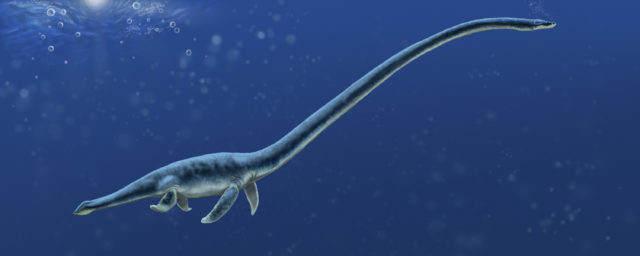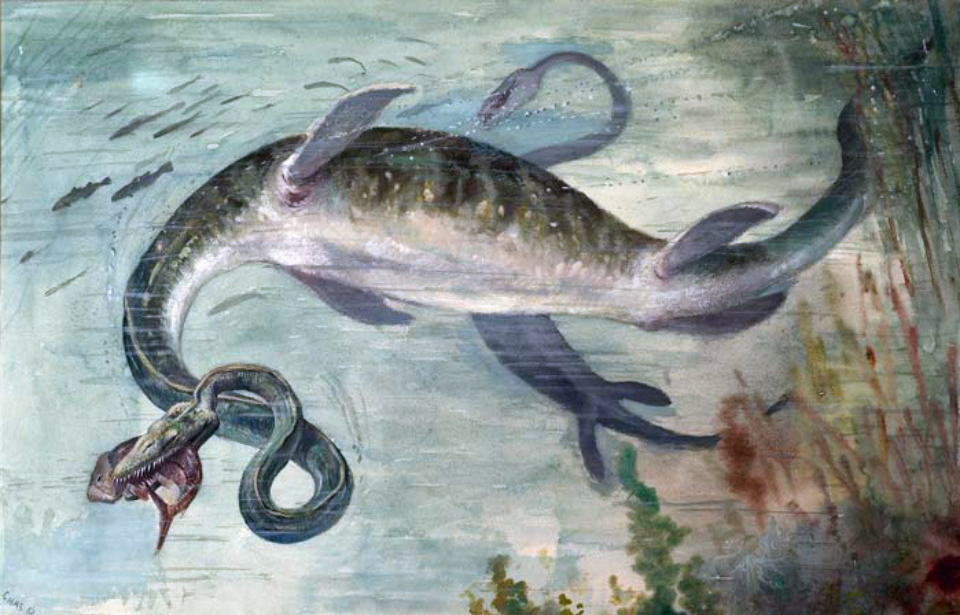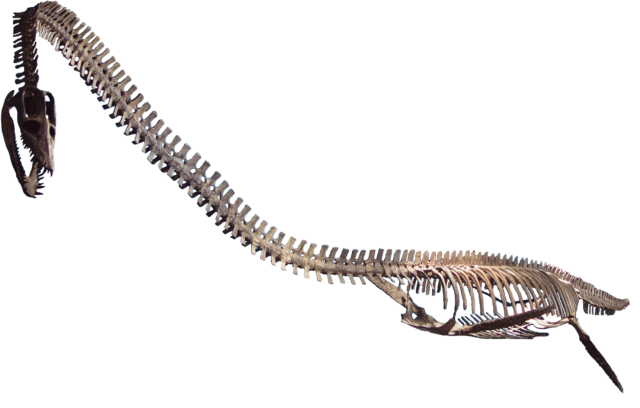It’s always exciting to unearth dinosaur fossils, but there are some discoveries that are significantly more important than others. This is the case for the finding of the “Rock Chicks,” a group of female fossil hunters in Queensland, Australia. While investigating a site on a cattle ranch, they uncovered a 100 million-year-old fossil that paleontologists think will help them discover many new kinds of historic marine creatures, much like the discovery of the Rosetta Stone allowed modern humans to decipher ancient Egyptian hieroglyphics.
The ‘Rock Chicks’
Cassandra Prince and her friends Sally and Cynthia make up the trio they named the “Rock Chicks.” Fossil hunting is a hobby they do in their downtime out of curiosity and interest. They’d been working for some time on a cattle station in western Queensland owned by Prince when they started to make some interesting finds.

While digging, they came across a plesiosaur – a type of ancient marine reptile – as well as numerous other small finds. This prompted Prince to get in contact with Dr. Espen Knutsen, a senior curator of paleontology at the Queensland Museum. They were in regular contact with him, sending updates and photographs of their discoveries for many weeks before they made their most impressive find.
A new dinosaur
In August 2022, Prince was digging at the site and unearthed another find. “I’m like, no, you know, this is not real,” she recalls. “And then I look down again and I’m like, holy h**l, I think that’s a skull looking up at me.” Sure enough, it was – one that Knutsen knew was going to be something incredibly important. As it turned out, it was the remains of a type of long-neck plesiosaur, an elasmosaurus.
The complete head and body of an ancient marine reptile with "flippers like a turtle and long neck like a giraffe" has been uncovered in Queensland in what scientists say is a rare discovery.
WOW @JonesHowdareyou https://t.co/7h2vUrGJVh via @ABCaustralia— @kate🌹 (@kateju9) December 7, 2022
Knutsen and a team of other researchers traveled to the site where they began a formal dig to fully uncover the creature. As it turns out, this elasmosaurus fossil consisted of a skull, neck, and front half of the body. The back half is missing, leading Knutsen to believe that it might have been bitten in two by a predator, which caused its death. The team has named the fossil in honor of the person who found it – Little Prince.
Could help future discoveries
This fossil is unique to the Queensland Museum as, up until now, they didn’t have an elasmosaurus with the neck and head connected. But it’s also important because it will help researchers better understand the differences in prehistoric beasts that used to inhabit the area. Without a skull, it would be very different to understand differences in anatomy and lifestyle between species. They’ll be able to differentiate between this type of creature and others by looking at the skull.
The only other elasmosaurus skull found in Queensland had been flattened by the earth it was buried under, however, Little Prince’s is fully intact. According to Jim Thompson, Queensland Museum Network chief executive, “Putting all these pieces together tells a really fantastic story of how the Earth has evolved.”
More from us: Skeleton Unearthed in Portugal Could Be That of Largest Dinosaur Ever Found in Europe
The bones have been carefully packaged and moved to the Queensland Museum where they will be further investigated.

